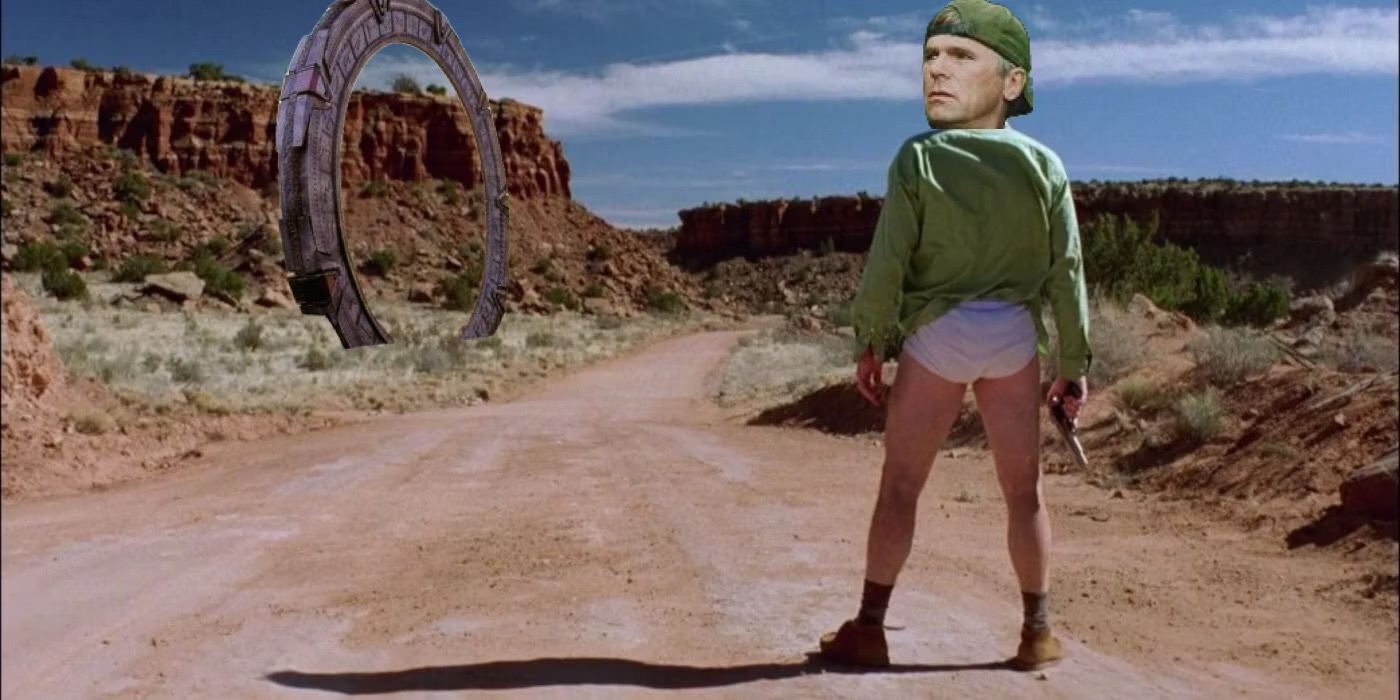Part 1 Part 2 Part 3 Part 4 Part 5 Part 6
Foyer
1e:
Again it’s not literally named second key, that’s for the Referee. A fighter will save 50% of the time against the antipathy.
As this module was designed before AD&D was published, I believe there is a bit of a leftover here. The module states the effect of antipathy is 2’, but the spell description in the player’s handbook says 3’.
The player’s handbook also provides additional effects of whosoever picks up the key suffers a cumulative -1 penalty to their dex per round to a max of -4 and limits the spell’s duration to 12 turns per spell level.
5e:
The fighter will save 10% of the time. On a failed save the target is frightened and must maintain a staggering 60’ minimum distance. Outside the 60’ range a save may be made for only a 1 minute immunity. Every 24 hours a save may be made to permanently end the effect.
Mechanically, the spell says they’re only required to move out of sight of the object. However, the frightened condition does not allow them to move closer to the source of their fear. This will keep anyone who fails from being able to enter Acererak’s crypt.
Valves
1e:
Valves are a style of double doors that close against each other. If the blood trap is triggered, it takes 6 minutes to rise to the first step, 5 more minutes to cover all the stairs, and 9 more minutes to reach the ceiling. Fire, such as a simple torch, will create a gas that kills the party in the foyer. A fighter on the throne side will save 45% of the time or die. If the ocher jelly is summoned, it is considered huge, so use the stat block from the lab.
5e:
In 36 seconds the blood reaches the first step. 30 more seconds and it’s covered the stairs. Another 54 seconds to reach the ceiling. The gas still kills the foyer side and a fighter on the throne side will save 55% of the time.
Treasure Room
1e:
No spells or magic items work here.
The efreet will perform three services, not necessarily wishes. It is incredibly strong and may be able to help push the statues around.
| |Fighter| Efreet|
|To Hit %| 60%| 60%|
|Dam % dealt per round| 9% (3)| 12% (7)|
|Rounds to win| 11| 9|
|Power Ratio| 1.2|
Each chest has three locks, each lock has a poison needle trap. That’s 6 saves vs Poison death to grab some loot that has been glamoured.
|Instant kill %| 92%|
For this place to be antimagic and then place both an efreeti granting magical favors and magiked treasures here doesn’t make a lot of sense. I can’t begin to grok how the antimagic is supposed to work or what Gygax was trying to prevent. I can’t think of a magical means to discover the hidden door. He specifically allows detecting auras so it isn’t to hide the magic on the treasure either.
This is another room where you’re supposed to gaslight your players into thinking this is the end.
5e:
Conversion error here, the hidden door is under the statue, not behind it on the wall.
This efreeti does grant three wish as the wish spell.
| |Fighter| Efreet|
|To Hit %| 60%| 42%|
|Dam % dealt per round| 8% (16)| 27% (31)|
|Rounds to win| 13| 4|
|Power Ratio| 3.25|
Our fighter will spot the trap 25% of the time, disable it 5% of the time, save against it 45% of the time and take 37% (42 hp) damage on a fail and become poisoned. Xanthar’s additionally specifies being paralyzed.
|Instant kill %| 0%|
One-Way Doors
1e:
These doors only exist for those traveling through them southward. The pit trap doesn’t exist until someone travels southward coming from the false treasure room or travels westward coming from the grotto.
5e:
Seems to be a conversion error. The pit appears after “opening…the [door] to the east from the far side”, not going east.
Secret Door
1e:
No rolls to make, if you search for 10 minutes you find the keyhole. This is well before boxed text, Gygax is telling the Referee it’s a keyhole. Best to let the players come to their own conclusions about it. Magic, including the gem of seeing, should also not reveal the nature of the door.
5e:
The fighter will spot it 50% of the time.
Crypt
1e:
Another count up. Presumably this one works the same as the others. The characters move 1’ per their movement rate per remaining count. If they don’t move off the rising vault within the count, they’re dead.
The ghost dust dissipates in 3 minutes. 1e had stat adjustments based on age and rules for dying of old age. Therefore, any PC killed of age by the ghost cannot be resurrected.
| |Fighter| Ghost|
|To Hit %| 50%| 60%|
|Dam % dealt per round| 9% (3)| 12 years|
|Rounds to win| 12| 7|
|Power Ratio| 1.7|
The skull encrusted with gems, worth more than the couch, is meant to temp PCs into trying to recover the treasure. Touching or simple attacks will only result in a PC death and destruction of their body with no save.
The skull has a -6 ac, a fighter with +2 vorpal sword will hit 30% of the time dealing 5 damage each time. A magic user could cast shatter 4 times for 40 damage. A cleric could cast dispel evil twice for 10 damage. It’s far more likely they’ll be sucked up or teleported out before killing Acererak
If the PCs insist on fighting the skull, the timing of it is a bit ambiguous. If we pull out just the verbs from the lengthy paragraph, the skull rises upon touch, it slowly scans the party, instantly draws the PC’s soul in a single round, and finally sinks down again. Some amount of time must pass between the rising and drawing or the PCs would have no chance to cast forget or exorcise to cancel his attack. So the sequence is a minimum of two rounds, more if you want to be forgiving.
|Instant kill %| 100%|
Defeating Acererak rewards 100k XP, a little less than half needed to gain a level. If the soul gems are recovered, a new body will be needed as a vessel for the trapped soul.
5e:
Initiative here, at initiate count 10 in a single round any PC remaining will be crushed.
The ghost dust will dissipate in 18 seconds. Facing the ghost may also lead to aging but there are no mechanical effects as a result.
| |Fighter| Ghost|
|To Hit %| 90%| 25%|
|Dam % dealt per round| 53% (24)| 4% (4)|
|Rounds to win| 2| 29|
|Power Ratio| 0.07|
If the skull is molested, it rises up, scans the party and attacks. It has access to Trap Soul, but is not required to use or not use it. Trap Soul doesn’t have a recharge, nor is it a legendary action. It is mearly a regular action. There’s nothing stopping the demilich from using Trap Soul every turn. The skull is only required to target the strongest remaining PC each time it uses it. The PC’s body is essentially stored with the soul, it disappears and is inaccessible if trapped. If the soul gem is later destroyed, the body returns.
| |Fighter| Acererak|
|To Hit %| 45%| 45%|
|Dam % dealt per round| 15% (12)| 8% (9)|
|Instant kill % per round| 0%| 95%|
The demilich is worth 25k xp, enough for a single level.
Final Thoughts
Time
Given the context above, how do we recreate the vibe of the Tomb at today’s table. As with most things in life, there’s not one right way to do it, but there are objectively things that will break it. The biggest and perhaps the most insidious and least obvious is time. Time as a resource.
Given enough time, any party can search every foot of the tomb finding every trap. Can heal to full after every wound. Have full command of their spellbook after every challenge. To recreate that smash and grab vibe for which the Tomb was designed, you need to introduce time as a resource to manage.
The simplest analog is to limit the dungeon delve to a single session limiting table time. However, we can imagine some alternate approaches that are inspired by those old school sensibilities.
“Turns are any period during which a player chooses an action for his character… At the dungeon exploration scale a turn represents ten minutes.” (Bull 2015)
Dungeon exploration used to be as structured as combat rounds. The party would indicate their action for the next 10 minutes, whether that was tapping, poking, or simply moving. Giving the party an in-game time limit and either going turn by turn or ticking down a timer when actions are taken would help to restore that sense of frenzy.
Using time as a resource also allows for the party to retry failures by spending another segment of the timer. There are a few places in the Tomb that require successful checks for progression.
Movement
About half of the traps depend on non-flight. If you have a single character with unlimited fight, it’s probably fine. If they’re sharing a magic item to ferry Party members around, make them spend segments of time on it. Don’t allow a whole party with flight.
McGuffin
If you want to give the party further reasons to explore past either of the two false endings, put a McGuffin in the crypt. Even if they do fall for the false endings, they know their quest is not over until the McGuffin is recovered.
Credits
Watching this build inspired me to actually run the dungeon myself.
Wyloch’s Armory
The Tomb of Horrors - Building a Dungeons and Dragons Classic
https://youtu.be/c_kk0GMloxE
Additional Resources
Another actual deep dive into what the Tomb is and the 5e conversion.
Nerdtasic Pirate
Tomb of Horrors 5e: Restored
https://youtu.be/5TkCAdbOTQg
A 1e reference from someone in Gygax’s sphere.
The Dungeon Delver
How to play 1st Edition Advanced Dungeons and Dragons Lessons
https://youtube.com/playlist?list=PLA0rKIt8s79nxfLvlqq9yZO6SYLP0lQFI
The Dungeon Deliver
Thursday AD&D Talk - S1 TOMB OF HORRORS
https://www.youtube.com/live/102qmfPlRf4
An abridged play through of the Tomb. Concise and funny though falls to the pit falls of the 5e conversion.
XP to Level 3
I Force My Friends To Play the TOMB OF HORRORS | Dungeon Delve
https://youtu.be/is2ZIv-yBJ4











The limiting factor in 1e, discouraging long resting in the dungeon and using spells to recover hp was random encounters. The Tomb unusually does not have random encounters, but you’re not supposed to tell your players that.